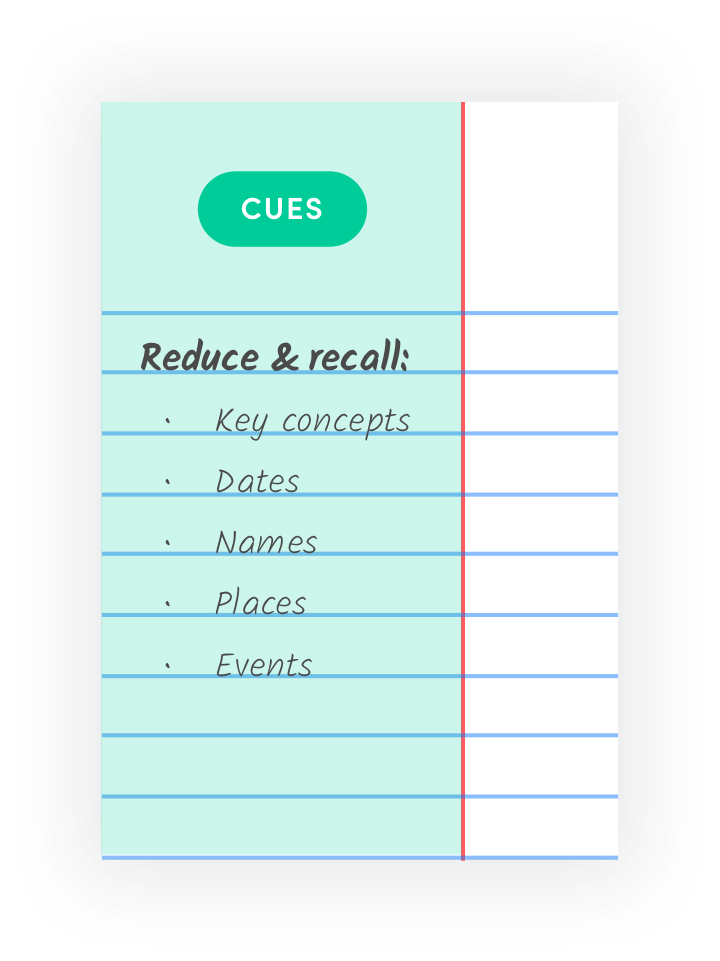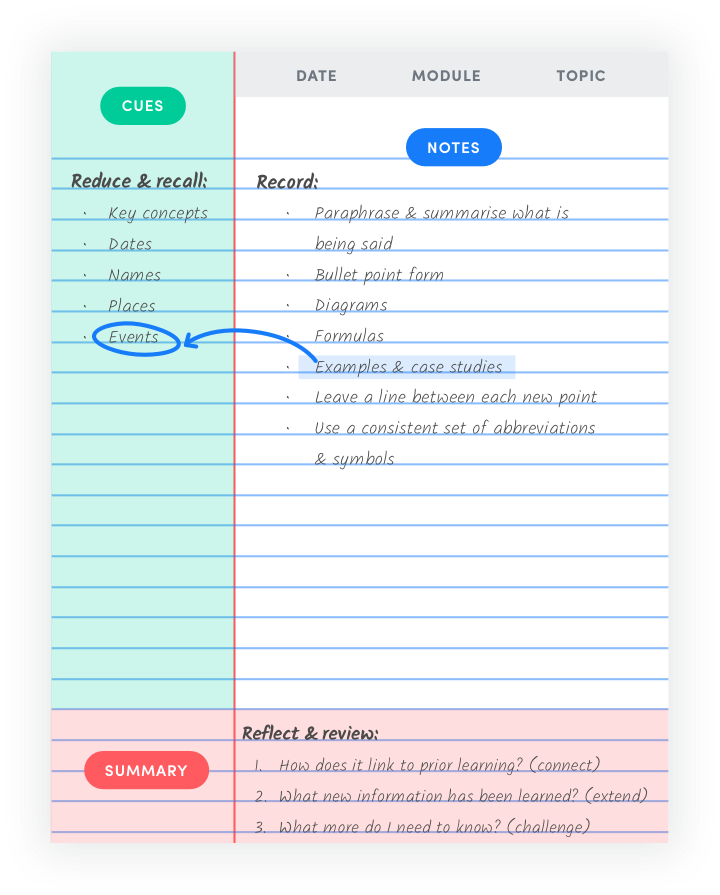Teaching your students how to watch a video

Let me set the scene. You have just allocated an Atomi video to your class for them to watch at home prior to class. You have every confidence they will actually watch the video, but if you leave it up to them, what are the chances that they will probably just watch it on their smartphone, or on their way to and from school, interrupted by a mix of conversation, online notifications, social media posts and the occasional SMS. If the platform allows, they will probably watch it at 1.5x or double speed. In light of that, how much information do you expect them to retain?
The reality is, according to 19th-century German philosopher Hermann Ebbinghaus, we forget new information within the first 24 hours of first acquiring it unless we use it immediately, much like the rugby rule - use it or lose it. Ebbinghaus seemed to be way ahead of his time and conducted some of the first experiments on memory, recall and spaced learning as well as developing the forgetting curve. He argued that if we don’t apply new information, we will forget about 40% of it over the first 24 hours and 60% within a further 24 hours.
So, when it comes to watching videos and making the most out of any pre-lesson work you may set, you need to teach your students to watch them in an active way, which includes effective note-taking to help them recall what has been learned and retain that information over time. For learning to be effective, students need to be engaged, whether it be through writing, discussing or solving problems, as opposed to passively reading or watching information.
Writing effective notes allows a student to also dip into their metacognition; while they are learning, they are also thinking about how they are learning it - what do they know; what don’t they know; what is confusing them; what connection can they make with prior learning; what more do they need to know? So the best way to effectively articulate all this is to write it down in a concise and ordered format. Writing alone will not help; without structure and order, it will be as useful as alphabet soup. Effective note-taking will allow a student to interact regularly with their notes for added mastery.
What is an effective way to take notes?
I like to show teachers and students alike the Cornell note-taking system that was developed in the 1950s. The Cornell method was and remains successful and popular because it blew the lid off the idea of one-off note taking and emphasised the way to build on memory knowledge over repeated usage.

Step one: Note taking
The benefit of the Cornell method is its ease of use, irrespective of the source, whether it is a lecture, textbook, experiment or in our case, a video. The key is setting out a template. Diagram One shows a good example of a Cornell template with its four key segments set out the same way each time - whether handwritten (my preference) or typed.
A template that lays out a clear structure every time, with one section devoted to labelling, so things like name, date, question, learning objectives, etc. These are all really important for future use.
The larger area on the right is reserved for the note-taking. This should be free of any editing at this stage. That can come later. The important part of this phase is in the listening or the watching so that the notes are a paraphrase and summary of what is being said. The key is filtering what you hear as opposed to writing everything down verbatim. That is also the reason why I suggest handwriting. We seem far more adept at filtering and summarising when we write as opposed to when we type.

Visual learners may find it useful to add a diagram or formula in this section; however best they can interpret and paraphrase into their own words what has been communicated. Individuals will also have their own personalised settings. Leaving a line between each new bulleted or numbered point is a good idea, as is developing a consistent set of abbreviations and symbols and keeping these in an easily accessible list.
Step two: Note-making
The post-lesson note-making is a vital editing step which will assist in making notes readable, relatable and useful. This is where highlighters, arrows, pointers and links come into their own to indicate key ideas. The bulk of the post-lesson editing will, however, be spent in the left-hand thinner panel which allows for key concepts, dates, names, places, events and questions to be written. This is where links can also be made back to key syllabus dot points or exam questions.

Step three: Connect, extend, challenge
The bottom panel is best used as a summary section to confirm what has been learned from this lesson. My suggestion is to always look at anything learned as a three-part process:
- How does it link to prior learning (connect);
- What new information has been learned (extend);
- What more do I need to know (challenge)?
Being a stickler for the writing process, rather than dot points I always suggest a paragraph response here; four to six sentences; six to eight lines, 100 - 150 words with a clear topic sentence, some explaining sentences, an example or evidence-based sentence or two, then a final sentence to link back to what has been learned.

Step four: Evaluation and reflection

The benefit of any summary notes is found not in their original scribing, but in their repeated usage to cement key learning. Constantly referring to the main points and drawing out new summaries or referring only to the left-hand panel and writing a new set of extended notes are two good drills. You may also encourage students to watch the video repeatedly and each time look for something new or write a new summary paragraph. Peer feedback is also very beneficial. Have a peer refer to only the set of notes and ask them to answer a set of questions or ask them to pose a set of questions for the note maker to answer. These are great skills to incorporate into any note-taking exercise.
Summary
The key is to ensure that the lesson, whether it be a video, a lecture or whatever mode, actively engages the student. In the case of Atomi videos, the best interaction is for students to watch them repeatedly and take notes using the method explained here in the hope of drawing out the key points from the video in a clear and succinct way. Learning occurs best when the learner understands the context and where it fits in, so having the learner draw links to previously learning content, extrapolate what new understanding this information presents and consider what more is needed to fully understand what the lesson provides is a great learning strategy. Remember - context is king!
References
What's Atomi?
Engaging, curriculum-specific videos and interactive lessons backed by research, so you can study smarter, not harder.
With tens of thousands of practice questions and custom revision sessions, you won’t just think you’re ready. You’ll know you are!
Study skills strategies and tips, AI-powered revision recommendations and progress insights help you stay on track.
What's Atomi?
Short, curriculum-specific videos and interactive content that’s easy to understand and backed by the latest research.
Active recall quizzes, topic-based tests and exam practice enable students to build their skills and get immediate feedback.
Our AI understands each student's progress and makes intelligent recommendations based on their strengths and weaknesses.




